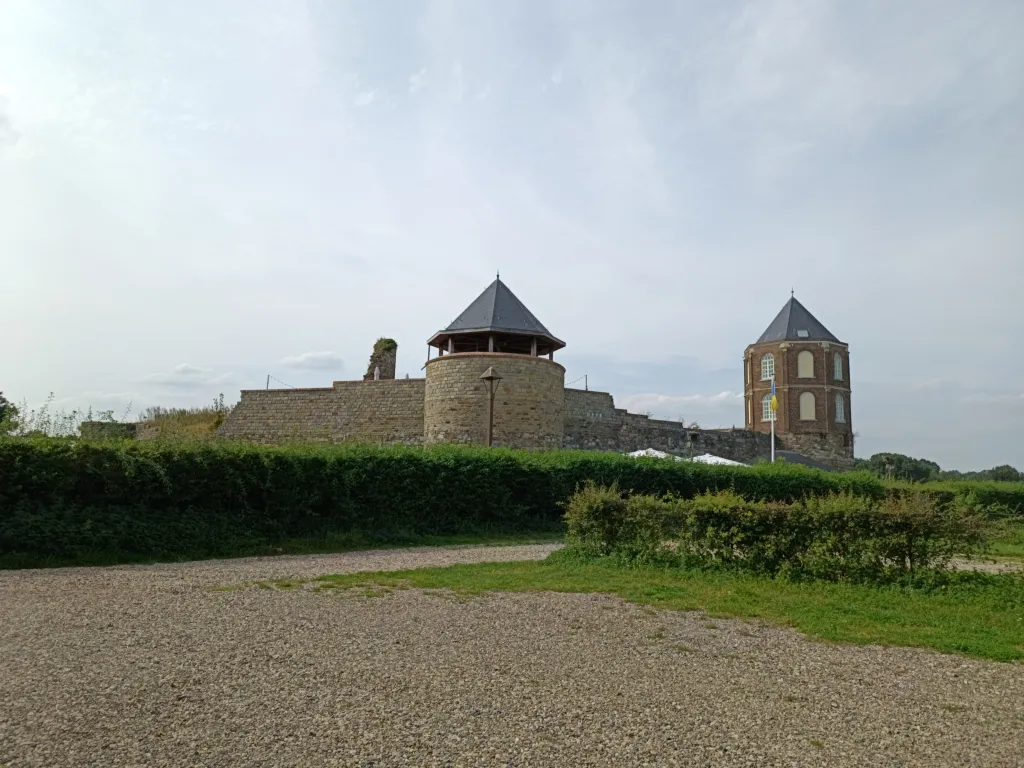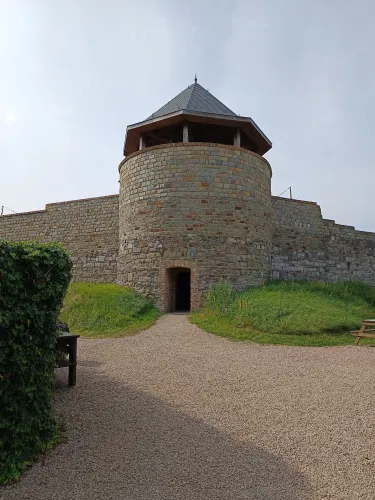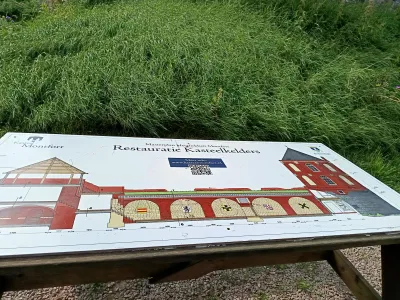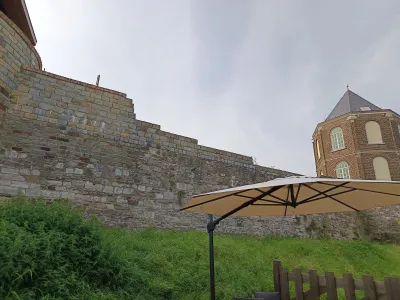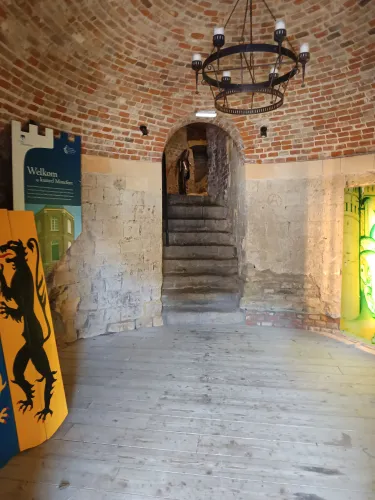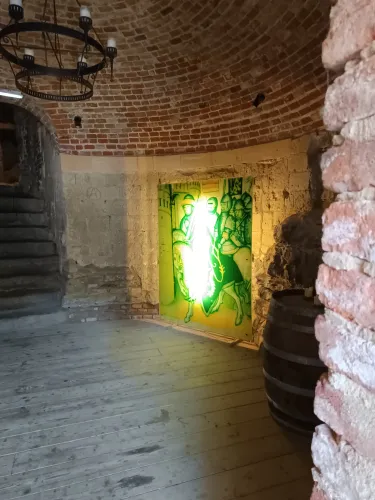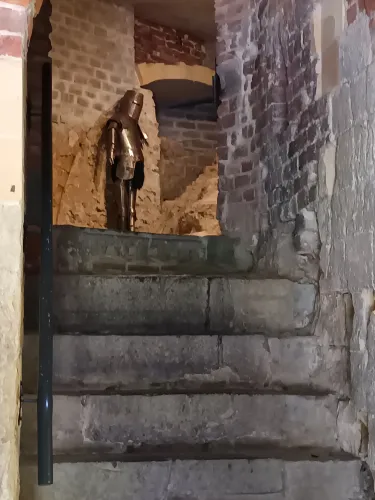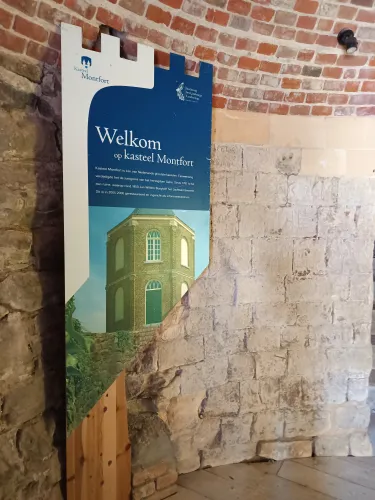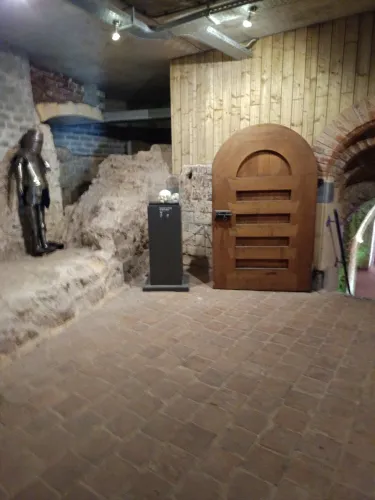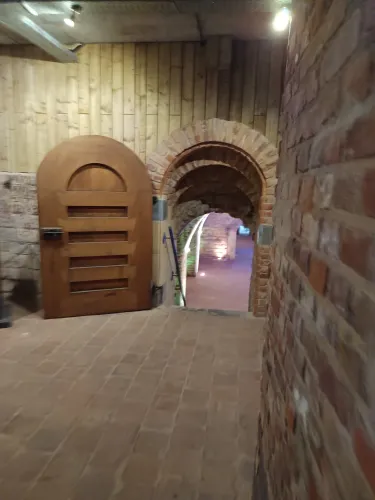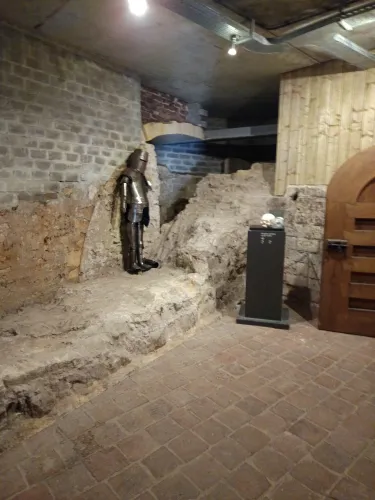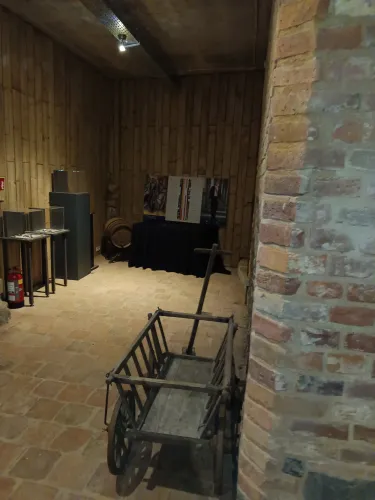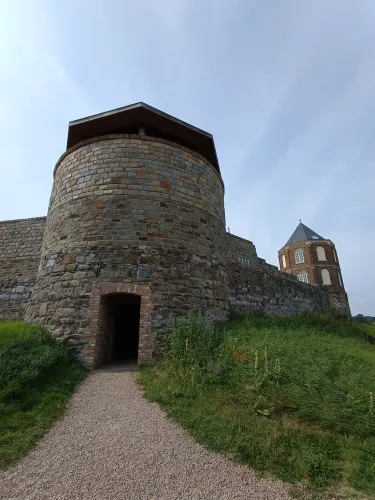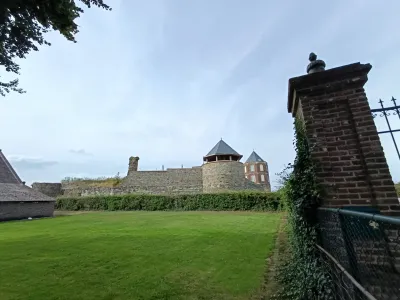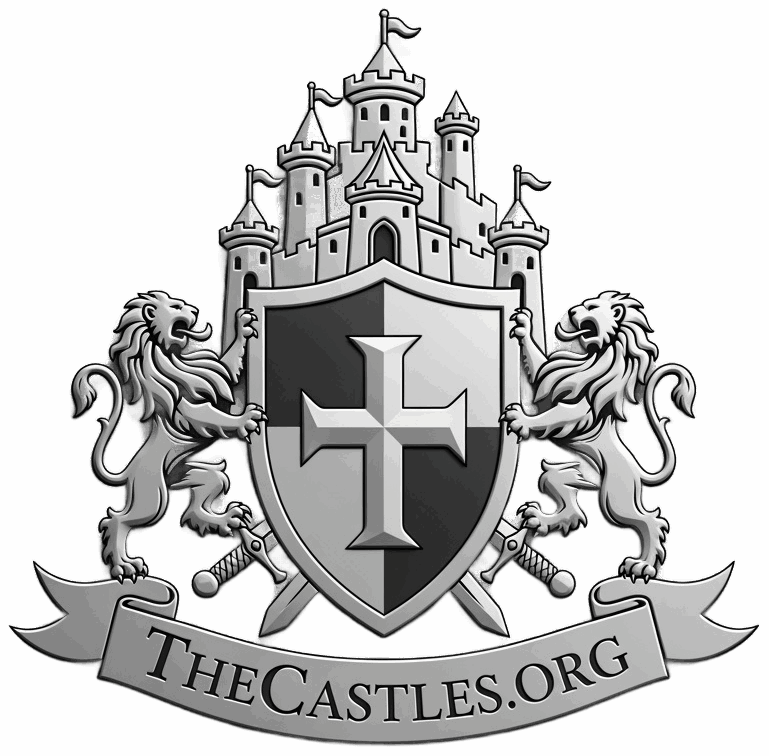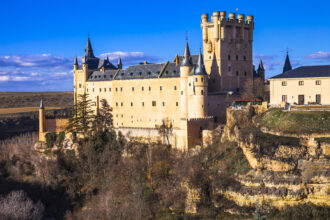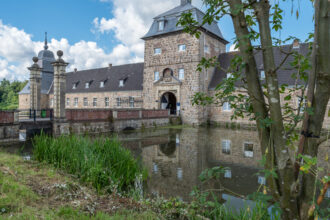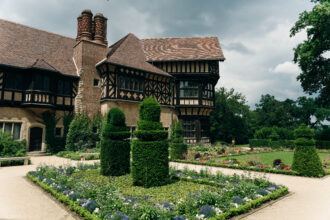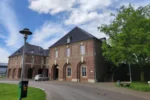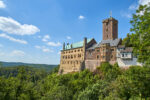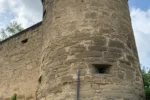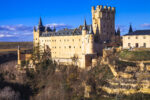One of the largest castles in the Netherlands was Montfort Castle, which was built in 1260 on behalf of the Prince-Bishop of Liège, Hendrik III van Gelre, on a ridge in the Vlootbeek Valley not far from Montfort in the Dutch province of Limburg. Even today, the imposing castle ruins are a reminder of the southern fortress of the Duchy of Geldern, which was considered impregnable due to its massive stone walls and polygonal layout. After the death of Hendrik III van Gelre in 1285, who had already been deposed as Bishop of Liège in 1274 by Pope Gregory X because of his extravagant lifestyle, Kasteel Montfort belonged to the County of Geldern. Under Count Reinoud I, the main tower of the castle, known as the Grauwert, was completed. With its rounded rear and sharp spire at the front, it was considered an architectural masterpiece, which is why Kasteel Monfort was also called Grauwert. Reinoud was imprisoned in this tower by his eldest son from 1320 until his death in 1326. After his death, Reinoud II van Gelre had Kasteel Montfort extensively rebuilt between 1342 and 1343. From then until the 15th century, Kasteel Montfort served as the residence of the Dukes of Gelre. It was also home to the Drossaard, who was responsible for the defence and administration of the Montfort district, an administrative district of the Overkwartier of Geldern, with a staff of 27 men. From 1536 onwards, Kasteel Montfort was expanded into a fortification with bastions under the master builder Keldermans. However, it was severely damaged during Emperor Charles V’s campaign in 1543. It burned down completely. Kasteel Montfort continued to serve a military function until the end of the Eighty Years’ War. In the disastrous year of 1672, the Rampjaar, when England, France, Cologne and Münster declared war on the Republic of the Seven United Netherlands, Kasteel Montfort was blown up by the French troops of King Louis XIV, the legendary Sun King. Between 1685 and 1686, the fortifications were demolished and the canals filled in. The remaining buildings were used as residences for the Drossaards, who had a magnificent symmetrical garden complex laid out on the south side of the Huysdijk. In 1780, the residential buildings fell victim to the wrecking ball. Only the ruins remained until around 1850, when a paper manufacturer from Roermond had an octagonal brick country house built on the north-eastern tower base for hunting parties, which was called a hunting lodge. This was restored between 2005 and 2006, after which a visitor centre was set up to provide information about the history of the castle, its inhabitants and the surrounding landscape. Since 1961, the castle has been owned by the Kasteel Monfort Foundation, which had the medieval cellar complex, discovered in 2011, restored between 2015 and 2017 and opened to the public.
